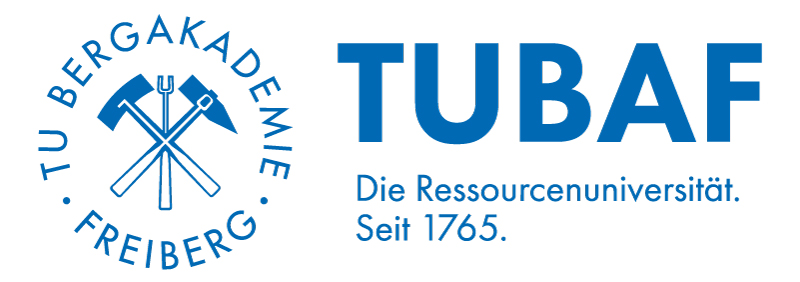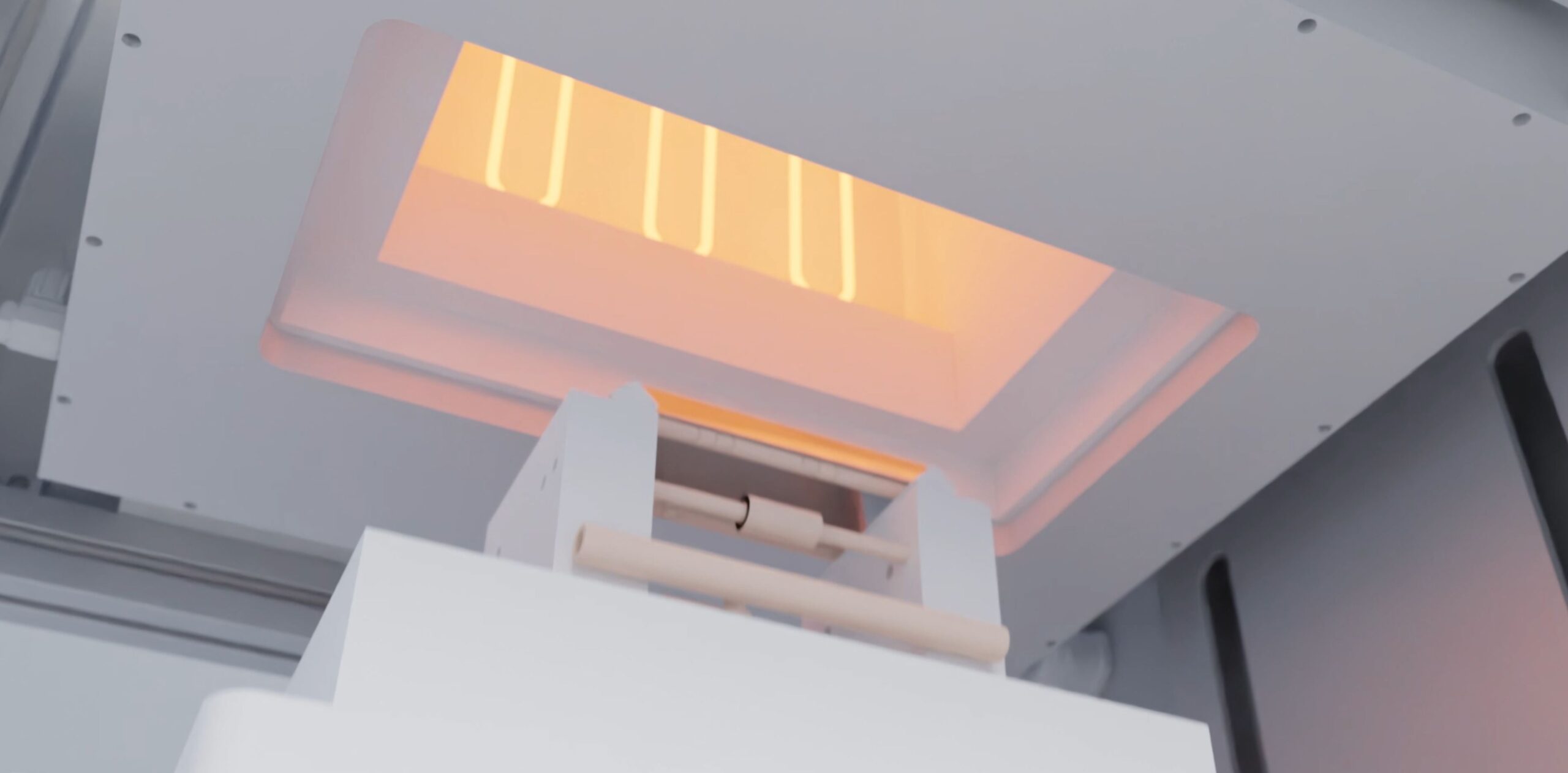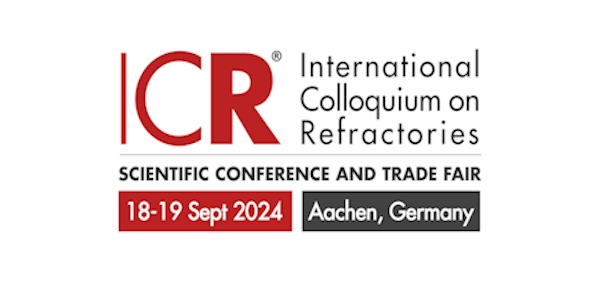Innovation requires extensive research, but traditional testing methods can drastically limit R&D speed. Traditional destructive testing methods, such as tensile tests, 3- or 4-point bending tests, or (nano-)indentation tests, struggle to meet the demands of today’s research. These methods are often time-consuming and difficult to perform. In-situ properties are crucial for process optimization and material development, yet this data is impossible to obtain from traditional testing methods.
The RFDA method for impulse excitation testing offers a fast, simple, and affordable solution that provides extensive data. With the RFDA, you can accurately identify elastic properties such as natural frequencies, damping, Young’s modulus, Shear modulus, and Poisson’s ratio in a matter of seconds. The low vibration amplitudes allow you to measure these properties near the origin of the stress-strain curve. Required sample sizes start from as small as 120 x 25 x 25 mm (L x W x T). Want to learn more or get a live demo? Visit booth 17 at the International Colloquium on Refractories 2024.
Less material and instant test results increase your testing capabilities, enabling you to gather more data than ever before. The non-destructive approach allows for continuous in-situ characterization during temperature cycles. Measurements are performed at user-selectable intervals (time or temperature) during heating, holding time, and cooling. This results in continuous curves of frequency, damping, Young’s modulus, Shear modulus, and Poisson’s ratio, elevating your research and unlocking deeper insights.
Visit us at the International Colloquium on Refractories 2024, booth 17 to discuss your challenges!




Small Instrument, Wide Application Field
The RFDA testing method allows you to:
- Increase testing volumes
- Test small parts
- Generate “fingerprint” of complex parts for product inspection
In a few seconds the RFDA provides the following results:
- Frequency spectrum
- Damping values (Q-1) for each frequency
- Young’s modulus
- Shear modulus
- Poisson’s ratio

In-Situ high-temperature material characterization simplified

The RFDA HT-product line facilitates fully automated high-temperature testing of materials by delivering in-situ measurement curves for refractories tested at up to 1700°C.
- Continuous measurement curves during heating, holding time and cooling
- Small sample sizes minimize waste and sample costs
- Fully automated test procedure and user-adjustable settings provide accurate results every time


